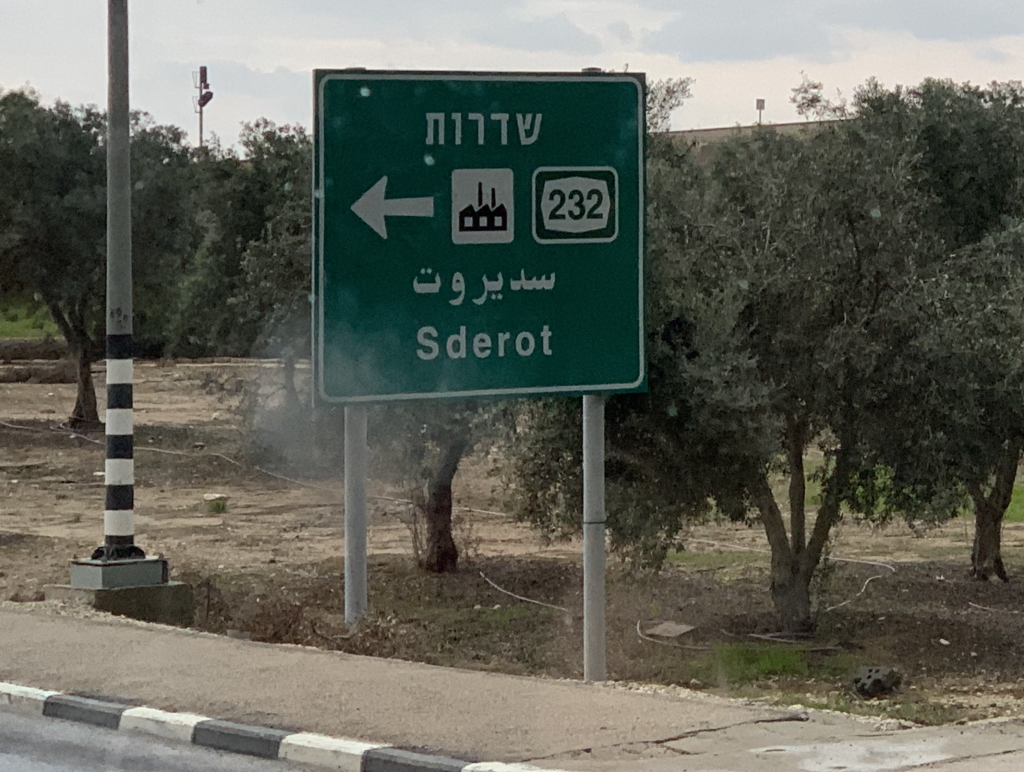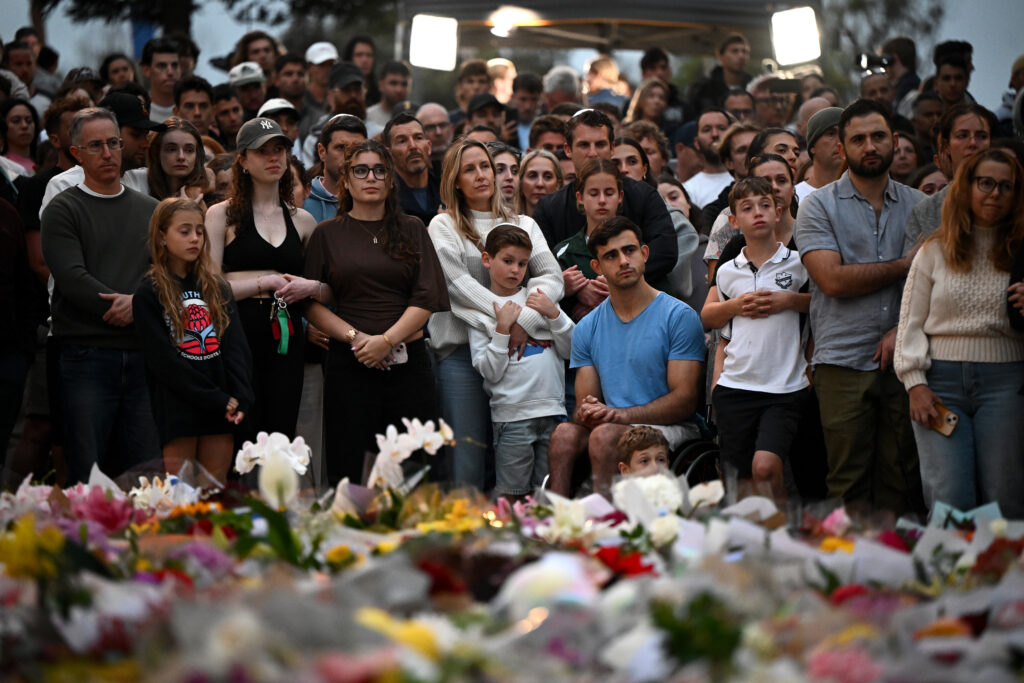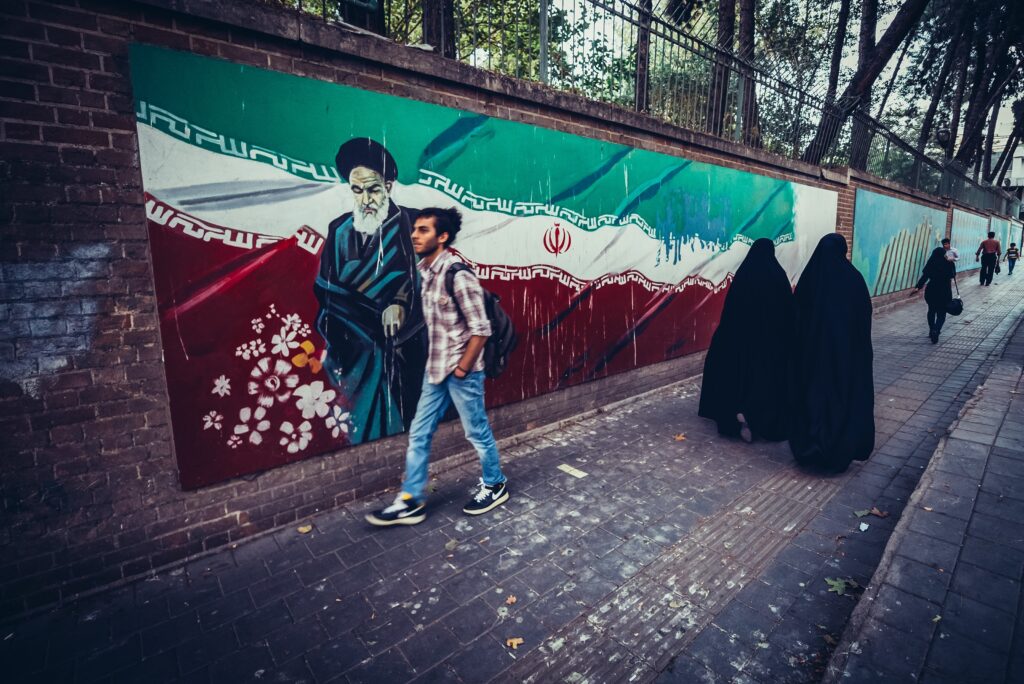IN THE MEDIA
Worst fears become a horrific act of terrorism
October 11, 2023 | Walt Secord

An edited version of this article appeared in the Daily Telegraph – 11 October 2023
In my time as a parliamentarian and as deputy chair of the NSW Parliamentary Friends of Israel in the NSW Parliament from 2011-2023, I learned that no matter how many briefing notes or articles one reads, there is no substitute for ‘being there’. You get a depth of insight – through engagement with locals and fellow visitors – that armchair speculation cannot replace.
This week, I am thinking about “being there” in Sderot, Israel, which I visited twice – once in January 2012 and three years ago, as part of my efforts to build my understanding of the region.
Sderot, in the western Negev, has a population of around 30,000. It is a community comprising Ethiopians, Kurdish Jews, and migrants from the former Soviet Union, including Russia and Georgia. It lies right along the border with Gaza.
On both visits, I stood on a hill and peered into the Gaza Strip – a mere 840 metres away.
With the naked eye, you could see people walking on the street in Gaza.
On my first visit, it was dusk and I asked why there were so few street lights in that part of Gaza. Our guide said quietly that it was because they most lighting poles had been dismantled and converted into rockets to fire at Israel.
We were frequently reminded that if the air raid sirens were activated, you only have seconds – in some cases up to 15 seconds – to seek shelter. This fact has been chillingly expressed in Sderot’s local playground. It looks charming at first, with a giant colourful caterpillar snaking through it. But as friendly as he looks, he is solid concrete and doubles as a bomb shelter. The kids play all around him, knowing that at the sound of an air siren, they have a few seconds to race into his belly to stay alive.
As a parent and grandparent, standing in that park was a truly sobering experience. No wonder that in 2012, Sderot opened a $26.5 fortified rocket-proof high school building for its 1200 students. It has concrete walls, reinforced windows, and an architectural plan designed specifically to absorb and deflect rocket fire.
Sderot is also a community where seatbelt laws are not enforced. Ironically, wearing a seat belt could kill you in Sderot, by consuming the few seconds you have to race to shelter or unstrap your children from their baby seats.
Sderot was always so close to danger, and visiting there placed Israel’s security concerns in stark reality. This weekend, the worst fears came true. However, death did not come only from the sky. The butchery and barbarity mainly came across the land.
At least 900 people have been slaughtered in southern Israel – including 260 young people at a music festival.
As parents in Australia, we know the feeling of relief when you hear the keys in the door when a child comes home late. The parents, grandparents and siblings of those 260 young people will never hear the keys in the family door again.
Sderot was where Hamas terrorists raced through the streets indiscriminately shooting and butchering families as they moved from house to house, or taking them hostage and back to Gaza. The extent of the ISIS-style horror is still being revealed.
The road leading to Sderot is now lined with family cars attacked by Hamas terrorists as they moved towards the city, abandoned where their passengers were ambushed. Belongings are strewn across the road, and next to some cars pools of blood are dried in the hot sun, marking the tarmac.
So far, it is estimated that Hamas terrorists murdered 22 Sderot police officers. As we watched the footage after the attacks, my wife remarked that we probably met and spoke to those same police officers on our visit to the city.
Today, I think of them. I think of the playground. And I also think how, on the same 2012 trip that first brought me to Sderot, I had also visited rural Georgia in the Caucasus region of the former Soviet Union.
I visited a rare and restored synagogue. It was an unusual sight in that part of the world and I remarked to my guide that there must be a big Jewish community living there. No, my guide said, not anymore. Most had left for Israel, and settled in a town called Sderot.
They no doubt hoped they would be safer there.





